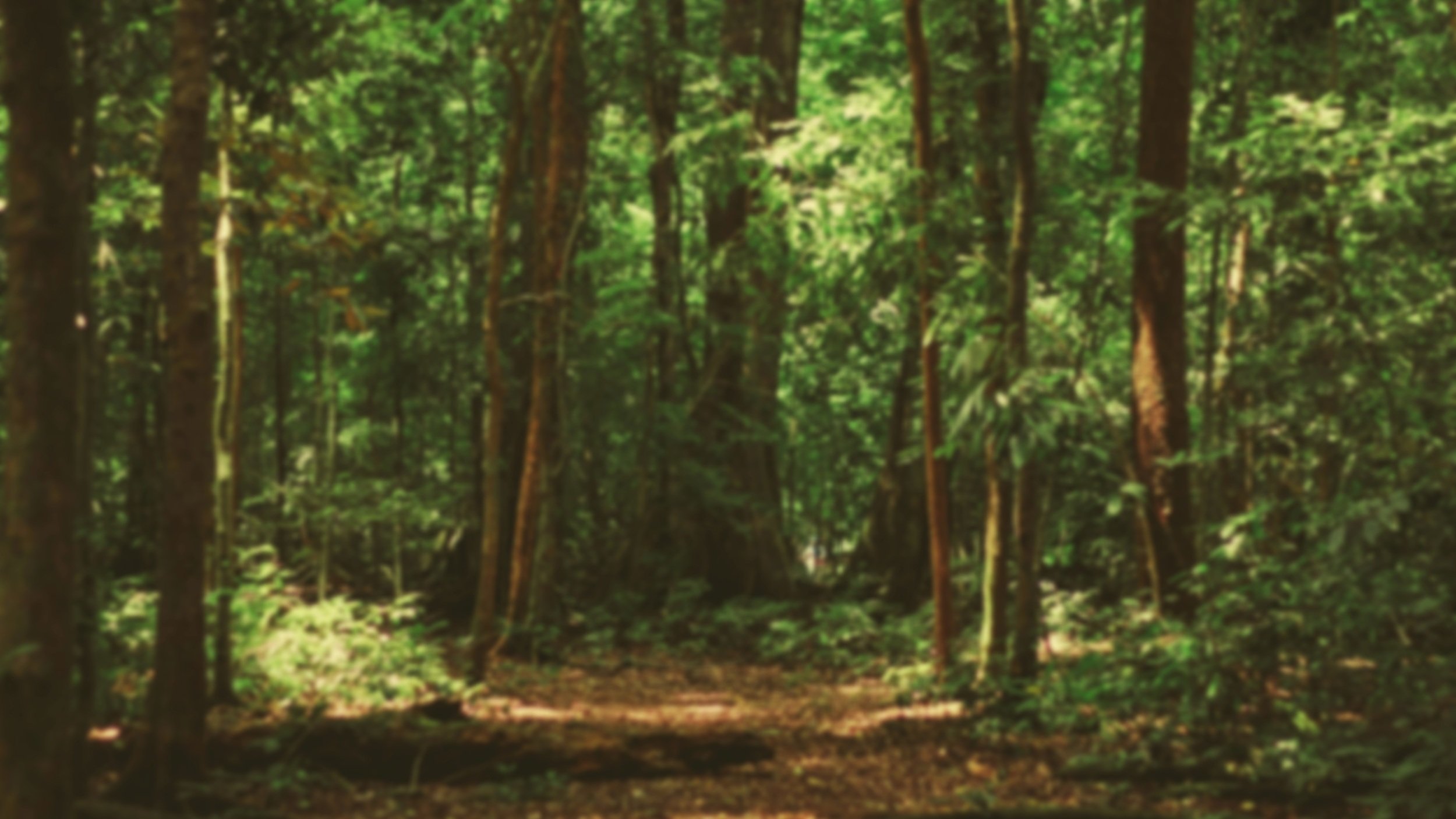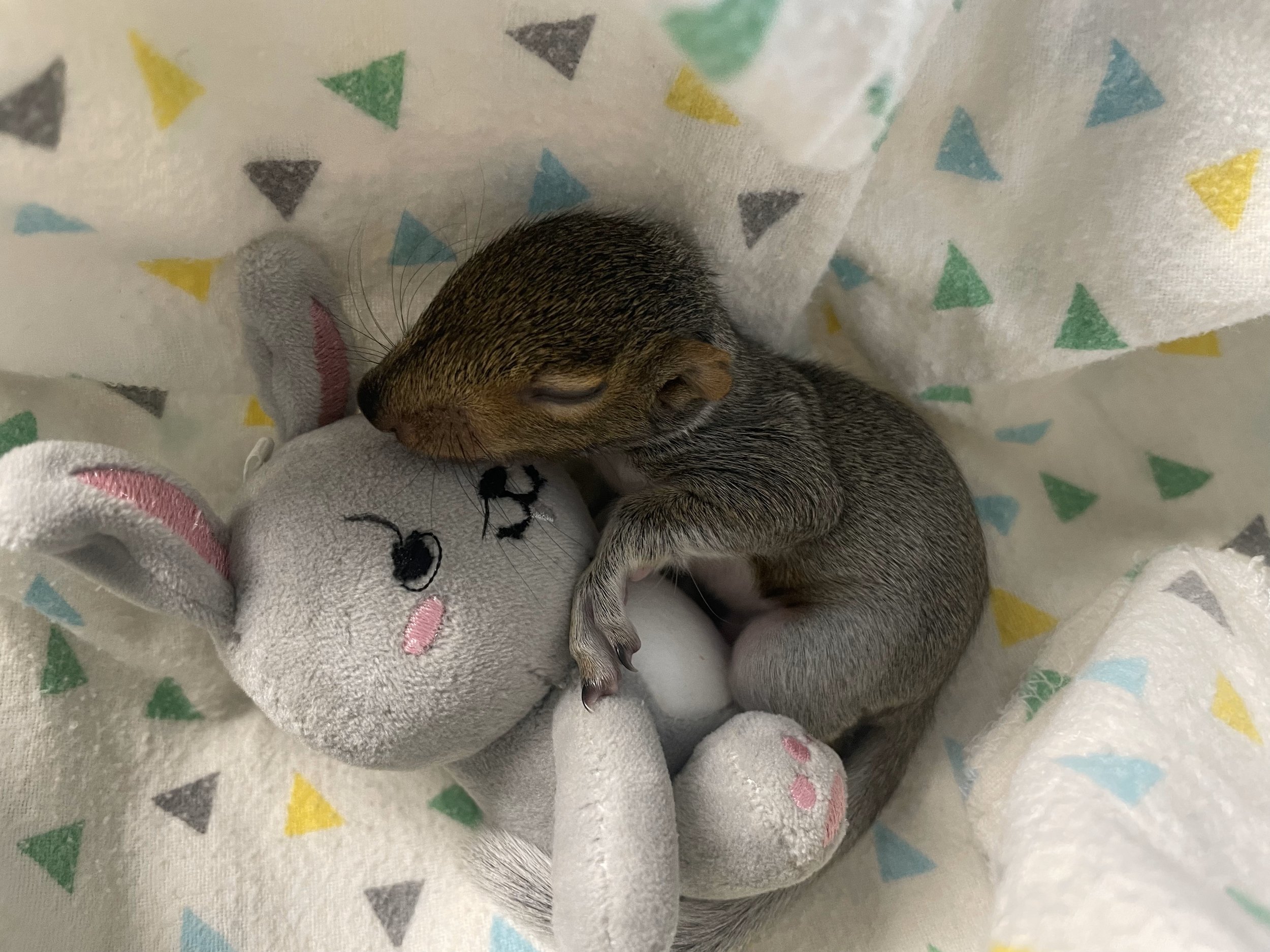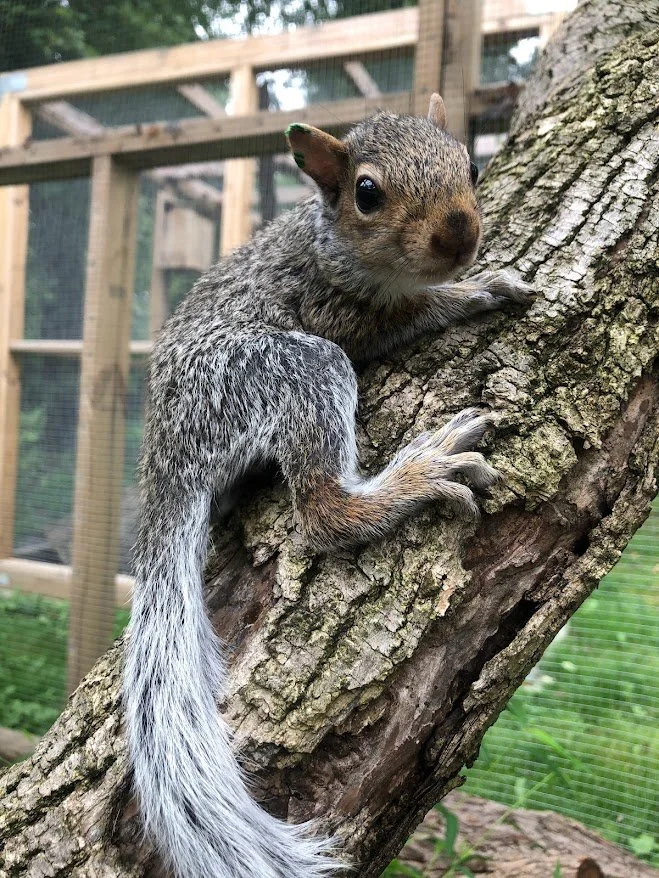
I FOUND A SQUIRREL
Squirrels make up a large percentage of animals that are admitted to wildlife rehabilitation centers every year. Knowing when to intervene and natural, healthy behavior is crucial when determining if a squirrel need assistance.
If You Find a Squirrel That:
Has had a dog or cat interaction
Is bleeding or has physical injuries
Is not responsive, laying on side, or gasping
Is cold and/or lethargic
Is covered in small “grains of rice” (fly eggs)
This is an emergency. Receive immediate support by calling our clinic or contact your local wildlife rehabilitator.
If You Find a Squirrel That:
Is displaced from a nest
had the tree cut down or nest destroyed
Is young but you do not see the mother
You may not need to intervene! Look at the guides below for specific recommendations.
Displaced from Nest
Baby squirrels can often be displaced from nests after severe weather. if you find a baby squirrel at the base of a tree that is uninjured it is best to give mom time to retrieve them.
Place the baby in a box with a towel/blanket.
Leave the box at the base of the tree
Give mom time to find the baby. (We have has success reuniting in the first 24 hours as long as the baby is healthy and weather permitting)
Please do not leave the baby outside overnight. If you would like to try to reunite in the morning, bring the baby inside and keep in a warm, dark, and quiet spot. Place the baby back outside first thing in the morning under the tree.
During this process do not provide any food or water.
If the mother does not return by later that day, the baby must be taken to a wildlife center for care.
Tree Cut Down or Nest Destroyed
Baby squirrels can often be displaced from nests after a tree is cut down or a nest is destroyed. Mother squirrels will often have backup locations to take their babies in the event their nest is destroyed.
Place the baby in a box with a towel/blanket.
Leave the box at the base of the tree
Give mom time to find the baby. (We have has success reuniting in the first 24 hours as long as the baby is healthy and weather permitting)
Please do not leave the baby outside overnight. If you would like to try to reunite in the morning, bring the baby inside and keep in a warm, dark, and quiet spot. Place the baby back outside first thing in the morning under the tree.
During this process do not provide any food or water.
If the mother does not return by later that day, the baby must be taken to a wildlife center for care.
Adolescents Asking for Assistance
Sometimes adolescent squirrels will seek out help if they are struggling. These squirrels are often mobile with their bushy tail starting to come in. They are also typically dehydrated and underweight. If you have an adolescent squirrel that is demonstrating the following behavior, please call a wildlife rehab center to get them in for care.
Following people around
Alone with no other young squirrels preset
Trying to run up the leg of a person
Sitting huddled in a ball on the ground
Do you still have questions after reading the information above? Receive immediate support by calling our clinic or contact your local wildlife rehabilitator.



